Jewelers have for many years been fascinated with diamonds probably due to its shine and rarity. The history of diamonds can be traced back even in the time past all the way to the present time just like the cut of the diamonds. These precious stones have performed cardinal functions in trade, technology, and civilization through the economic fortunes and fashion trends across the world.
Diamonds have changed their role in the course of history from mere adornment of hands to the embodiment of love. The history of diamond mining and trade, diamond cut and shape, introduction of diamond engagement rings and some of the considerations that determine the price of diamonds will also be discussed in this article in detail. We will also examine how diamonds play a part in humanity’s history from royal treasures to the modern jewelry stores.
Ancient Origins: The Birth of Diamonds
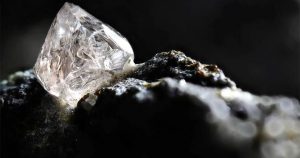
About the history of diamonds we can only tell that their use began many years ago during the Prehistoric period. These beautiful gems born millions of years ago in the heart of the planet have been fascinating people for ages. Based on the records, the diamonds were discovered to have been in use in the 4th century BCE in India alone, until the 1730s. The ancients thought that diamonds had some sort of powers or magic to them. The Greeks and Romans believed that they were gods’ tears or falling stars. Temporary adornments were in use and so were diamonds used as gems plus tools for cutting. The business of diamonds was referred to in the Arthashastra and the early Buddhist texts of 4th Century B. C. had described diamonds as ratnas.
Diamonds in the Middle Ages
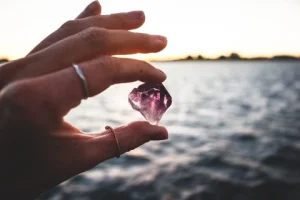
In the middle ages the gems are found to be in the hands of those who were rich and influential in the society. Kings and queens also used them to make crowns, scepters and anything that symbolizes royalty to show their high standing in society. Even more, crosses and ornate cups that were regarded religious items also had diamonds on them. These gems were not only for ornamental purposes as they are very hard and could be used for cutting other gems and even engraving metals.
Diamonds were also traded along the Silk Road with the help of which the diamond was transported from India to Europe. With their popularity, the legends which followed them tended to develop this way as well. The owners of mines embarked on giving people rumors that diamonds were toxic in order to discourage the practice whereby mine workers would ingest them in efforts to smuggle them out. In the 13th century diamonds were introduced into Europe where they were used in wrought gold along with pearls. Due to their significance, French king Louis IX went to the extent of passing a decree that diamonds should be worn only by kings.
The Renaissance of Diamond Cutting
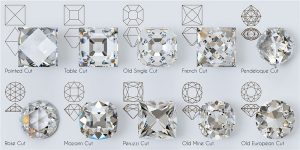
The renaissance period was a key milestone in the way the diamonds were cut. European merchants started the Venetian merchants to revive trade with the eastern part and the diamonds moved to Europe. This led to innovation in cutting techniques that were to be used. First, the table cut was identified as the most recognized diamond cut and later on recognised by the heart cut. In 1458, Lodewyk van Bercken perfected the pear cut and created the scaife, which is a special polishing wheel. The rose cut which was invented circa 1530 remained fashionable all through the 1800s. The Mazarin Cut or the French Cut was created in the mid 1600s and was the first to be a true brilliant cut and had 17 crown facets. That is why people intensively advanced these tools and techniques which in turn resulted in elaborate cuts producing beautification of diamonds out of rough stones.
Modern Era: Diamonds as Symbols of Love
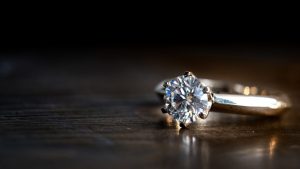
A tremendous change in the perception of the public was witnessed in the 20th century and diamonds became the symbolic meaning to love and engagements. This change was mainly brought about by De Beers’ excellent promotional strategy. This required that they hire a new advertising agency as they did in 1938 when they hired N. W. Ayer & Son. The strategy that the agency aimed at was to make people associate diamonds with romance and feel emotions connected with it.
It was created in 1947 by Frances Gerety and the campaigning base was the iconic then famous saying, ‘A Diamond is Forever’. This phrase very much went viral, which associated diamonds with love, with no end in sight. These marketing strategies consisted of celebrity endorsement, educational advertisement, and cultural marketing strategies.
The impact was profound. The sales of diamonds in the United States rose by 55% in the period between 1938 and 1941. Thus, diamond engagement rings were turning into an essential element of the traditions of marriage proposal in the United States during the middle of the twentieth century. In the present day, around 80% of engagement rings in the United States are set with diamonds and this shows how influential the campaign was.
Conclusion
It seems that the history of diamonds cannot be told without acknowledging their appeal and importance in the culture of the people throughout the ages. Right from Indian mines of the Indus valley civilization to the fancy jewelry stores and engagement ring shops of the 21 st century these gems have been enchanting their minds and hearts. From unpolished rocks to gemstones representing love, the world perfectly embodies human creativity and our never-ending interest in the aesthetic. Technological changes and efficient marketing have made this industry transform and create a new perception of diamonds.
As we move forward, diamonds remain an integral part of our existence as tokens that stand for love, opulence and value. Their story is not over yet, as current trends and new engagements in producing lab grown diamonds and other sustainable sources now carve the future direction of diamond rich companies. As it has already been mentioned earlier, there are people who are fond of diamonds and like to wear stunning pieces of jewelry that now can be bought in Dishis Designer Jewellery.
Read More : The difference: Lab-Grown Diamonds vs Moissanite
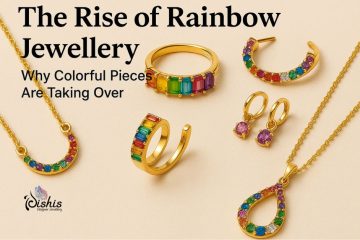

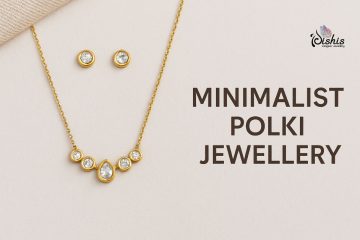
0 Comments